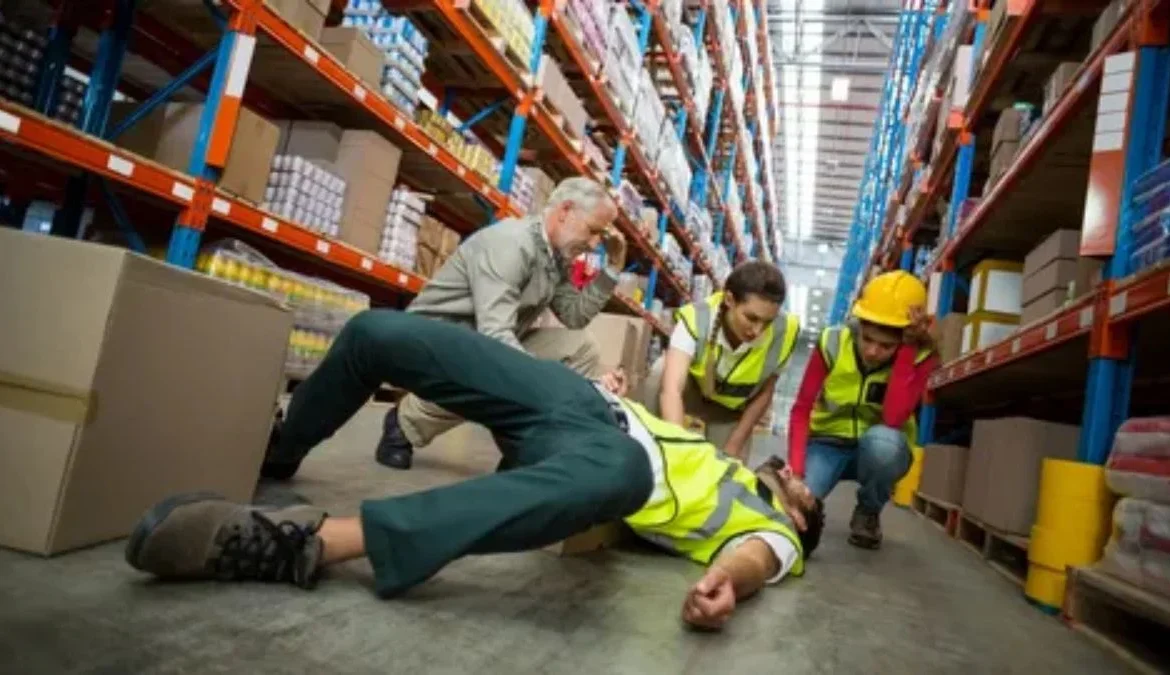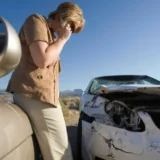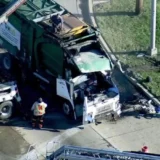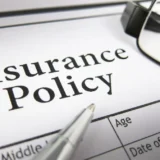Premises liability refers to the legal responsibility of property owners and landlords to maintain safe conditions on their premises and protect individuals, such as tenants, visitors, customers, or workers, from foreseeable premises liability accidents that could occur on the property.
If an accident or injury does occur as a result of hazardous conditions, the property owner may be held accountable in a premises liability case.
Property owners must address any hazardous conditions that could result in a foreseeable premises liability accident.
Failure to identify and remedy issues like slippery floors, poor lighting, or uneven walking surfaces puts owners at risk of legal liability if injuries do happen.
By proactively conducting regular safety inspections and making necessary repairs promptly, owners can help prevent premises liability accidents from occurring in the first place.
Contents
- 1 What Types of Accidents Can Lead to Premises Liability Claims?
- 2 What to Do if an Accident Occurs
- 3 Common Causes of Slip-and-Fall Accidents
- 4 Learn from Others’ Mistakes to Improve Safety
- 5 Duty to Warn of Known Hazards
- 6 Heightened Safety for High-Risk Groups
- 7 Frequently Asked Questions and Answers
- 7.1 Question: What is the standard of care for preventing premises liability accidents?
- 7.2 Question: How often should safety inspections be conducted?
- 7.3 Question: Can I be liable for criminal acts that injure someone on my property?
- 7.4 Question: Am I liable if a visitor injures themselves through their negligence?
- 7.5 Question: Does maintaining liability insurance eliminate my risks?
- 7.6 Question: How long do I have to address a hazard to avoid liability?
- 7.7 Question: Can visitors’ contributory negligence reduce my liability?
- 7.8 Question: When is a premises liability statute of limitations up?
- 7.9 Question: Can admitting fault following an accident hurt me?
- 7.10 Question: What role does foreseeability play in premises liability cases?
- 8 Summary
What Types of Accidents Can Lead to Premises Liability Claims?
There are a few common types of premises liability accidents that frequently result in premises liability lawsuits against property owners.
Slip-and-fall incidents are one of the most typical. If water, ice, debris, uneven pavement, or other hazards cause someone to lose their footing and fall, sustaining injuries, the property owner may be found liable.
Another frequent cause of claims involves accidents involving uneven or deteriorating stairs or other walking surfaces.
Violent acts of third parties can also potentially lead to liability if the property lacks adequate security measures.
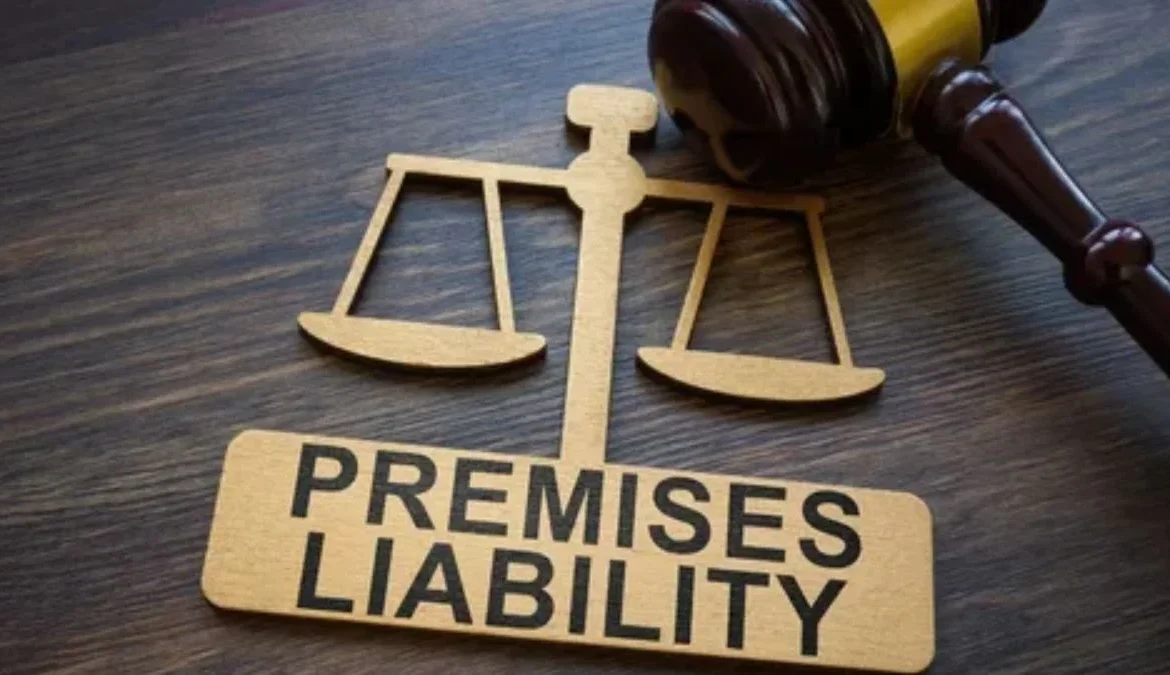
Additionally, hazardous conditions such as exposed wiring, unlocked chemical storage, or unmarked drop-offs could all set the stage for an accident resulting in injury.
Take Proactive Steps to Prevent Premises Liability Accidents
Rather than waiting for a premises liability accident to occur and a potential lawsuit to follow, property owners are wise to take proactive steps to prevent premises liability accidents in the first place.
Conduct regular safety inspections of the property, looking out for trip hazards, structural defects, exposed risks, and other issues.
Make any necessary repairs promptly. Install slip-resistant flooring in high-traffic areas prone to water or ice, and eliminate obstructions from walkways.
Mark steps and elevation changes. Keep the property well-lit for visibility. Maintain landscaping and drainage to avoid puddling.
For apartments or office buildings, inform tenants and employees of slip and fall prevention guidelines through signage or literature.
Consider installing security cameras, adequate lighting in parking areas, controlled access, and other theft deterrents to reduce the risk of criminal incidents.
Maintain liability insurance to provide coverage if an incident does unfortunately take place, and documenting all safety precautions helps demonstrate due diligence in the event of an injury claim.
These proactive risk management strategies can go a long way in preventing tragic and costly premises liability accidents.
What to Do if an Accident Occurs
Even with the best risk prevention strategies in place, accidents can still happen on a property through no fault of the owner.
However, certain actions should still be taken immediately following an incident to mitigate liability exposure.
First aid should be administered promptly if anyone is injured. Call emergency services right away if needed.
Secure the accident scene to prevent further injuries and document details of the incident with photographs before anything is altered.
Obtain contact information from all witnesses. Do not admit fault or offer apologies, which could be used against you later.

Notify your insurance company about the premises liability accident as soon as possible, providing your policy number and details of the incident and injuries.
They will appoint adjusters to handle claims settlement negotiations if a case arises. Maintain a written report of the accident that describes the scene, weather conditions, potential causes, and all documentation gathered.
Thorough records help demonstrate you took reasonable care of maintenance and safety. With prompt action and risk prevention practices, many premises liability claims arising from accidents can be avoided or successfully defended.
Common Causes of Slip-and-Fall Accidents
We have discussed that slip-and-fall incidents are a leading cause of premises liability claims against property owners. Let’s explore some more specifics regarding common slip-and-fall accident causes:
Wet or Icy Walking Surfaces
Water or melting snow tracked indoors poses a significant slipping risk. Property owners must promptly address puddles, provide mats at entrances, and salt or sand exterior walkways after winter storms to reduce premises liability accidents.
Debris or Other Obstructions
Fallen leaves, boxes, shop merchandise, electric cords, or other debris left in walking paths can all serve as tripping hazards. Routine clean-up and maintenance is important for accident prevention.
Loose, Cracked or Uneven Surfaces
Worn, loose or uneven floor tiles, cracked concrete, uplifted sidewalk panels, or other irregular walking surfaces make slips and falls more likely. Prompt repair is necessary to ensure a smooth, level path.
Lack of Handrails
Particularly on stairs, but also for other elevated walking surfaces like loading docks or basement entrances, handrails help prevent premises liability accidents by providing extra support and stability. Their absence increases falling risks.
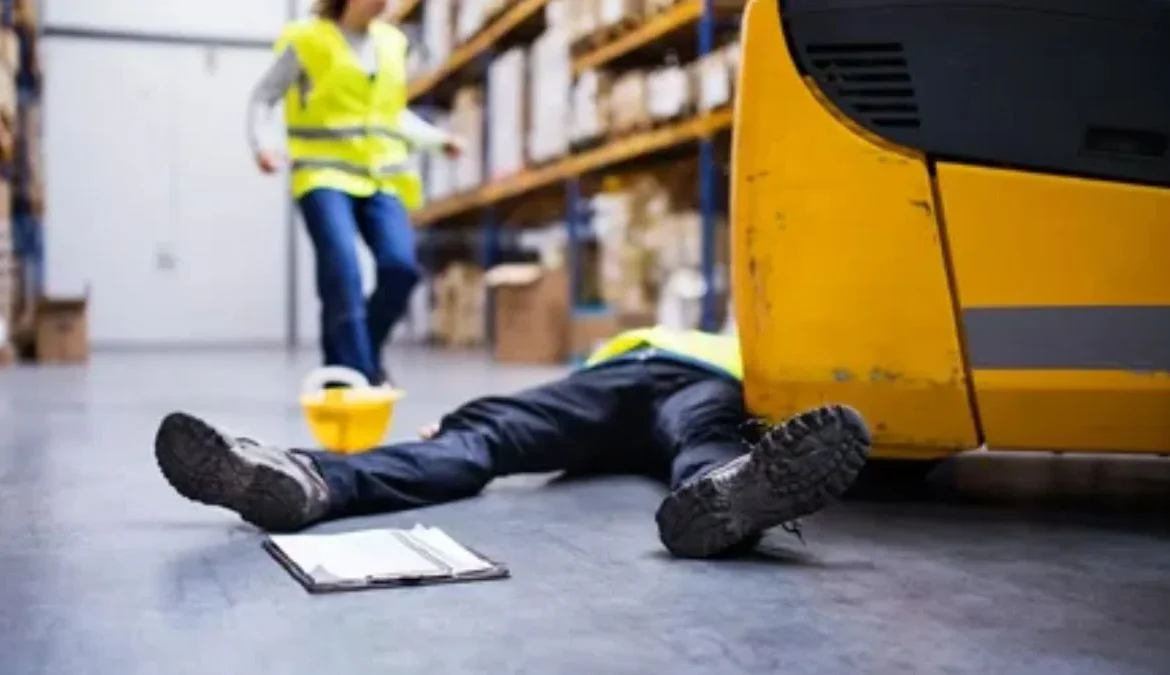
By being aware of these common slip-and-fall accident causes and quickly addressing hazards, property owners can significantly reduce their chances of a premises liability claim arising from a slip-and-fall incident.
Learn from Others’ Mistakes to Improve Safety
Reviewing details of past premises liability accidents and successful claims against other property owners can serve as a learning tool.
One case involved a tenant who tripped on a raised patio slab that had settled unevenly over time. The resulting injuries required surgery.
Negligence was successfully argued since routine maintenance inspections should have identified the uneven slab as a potential trip hazard warranting prompt repair.
This demonstrates how even small defects ignored over time can enable premises liability accidents.
In another case, an elderly customer slipped on water that had accumulated on the floor near the frozen food cases of a grocery store.
Though employees had placed “wet floor” signs per store policy, they had failed to dry the floor or lay down absorbent materials like paper towels.
The store was found liable since their employees did not fully remedy the hazard after being alerted to the wet floor by the policy.
This illustrates how superficial safety precautions do not negate liability if the underlying risk goes unaddressed.
By learning from such adverse rulings against others and avoiding similar mistakes, property owners can improve safety practices, help prevent premises liability accidents proactively, and reduce the chances of a claim arising if one does unfortunately occur.
A focus on prudent maintenance, prompt repair, and fully resolving hazards goes far in demonstrating reasonable care to protect visitors and tenants on one’s premises.
Duty to Warn of Known Hazards
Property owners have a legal duty to warn visitors of any known hidden or latent hazards on the premises that could cause injury.
This includes defects that a visitor would otherwise have no way of discovering. For example, broken floorboards concealed by carpeting or structural weakness in an out-of-sight basement column.
Promptly repairing any latent hazards is important, but signage or verbal warnings are also necessary in the interim to avoid premises liability claims if someone is injured as a result of the known risk before repair occurs.
Heightened Safety for High-Risk Groups
When the premises regularly host high-risk demographic groups like young children, elderly visitors, or disabled individuals, property owners have an increased onus to anticipate injury factors and address them preemptively.
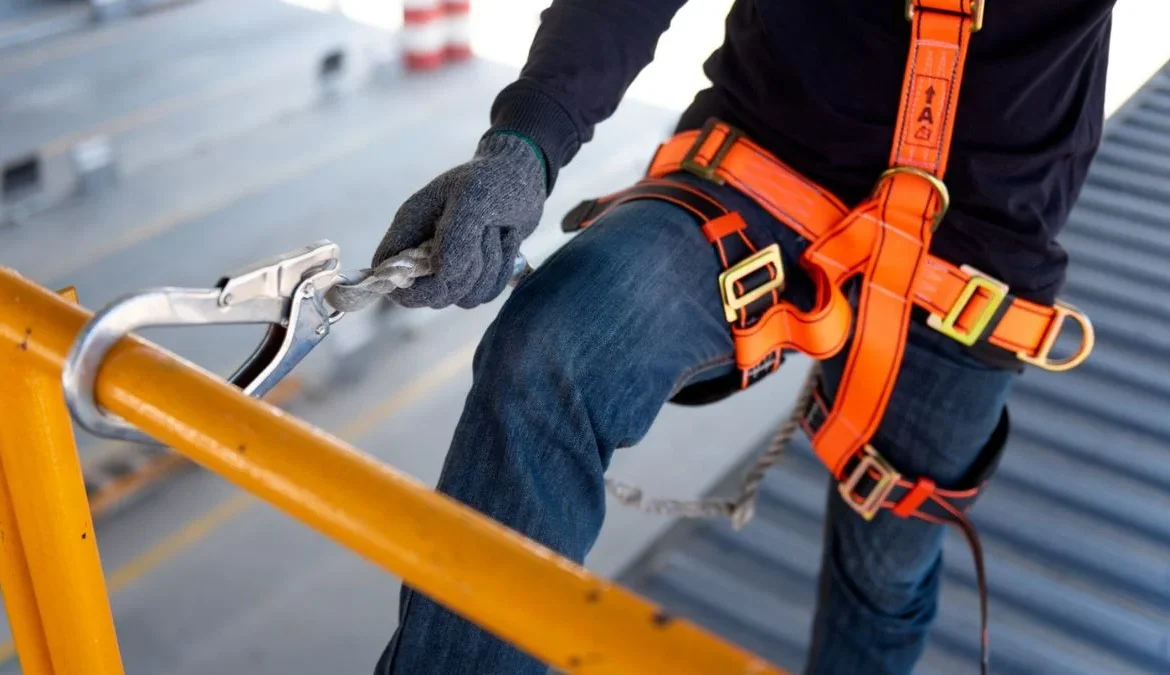
This may involve things like lower shelving, window locks, non-slip surfaces, handrails, railings, brighter lighting, locked cabinetry for chemicals, and an emphasis on identifying additional risks during routine inspections.
Failing to consider the specific needs that help safeguard high-risk premises users can undermine a property owner’s reasonable care defense in the event of an accident.
Frequently Asked Questions and Answers
Question: What is the standard of care for preventing premises liability accidents?
Answer: Property owners are required to use reasonable care to discover and remedy any dangerous conditions that could lead to premises liability accidents.
This means conducting regular inspections, making timely repairs, and eliminating any foreseeable risks of injury.
Question: How often should safety inspections be conducted?
Answer: Most experts recommend commercial property owners conduct thorough safety walkthroughs of their premises at least once per month, with high-traffic areas inspected more frequently, like weekly. This helps identify any new premises liability hazards before they can cause injury.
Question: Can I be liable for criminal acts that injure someone on my property?
Answer: Yes, if prior incidents suggest your property lacks adequate security to deter crimes that may endanger visitors.
Proper security systems and protocols help prove reasonable care to prevent premises liability incidents due to criminal misconduct.
Question: Am I liable if a visitor injures themselves through their negligence?
Answer: Generally no, so long as your property was maintained in a reasonably safe manner.
However, if your negligence also contributed to the cause of the premises liability accident, like an unmarked hazard, you could still face partial liability under comparative negligence laws.
Question: Does maintaining liability insurance eliminate my risks?
Answer: No, insurance does not absolve the duty to prevent foreseeable injuries. It only provides coverage and settlement of claims if accidents are not reasonably avoidable despite due care. The best protection is proactive safety practices to reduce premises liability.
Question: How long do I have to address a hazard to avoid liability?
Answer: Reasonable promptness is key, usually defined as immediately upon discovering a hazard or by the next business day at the latest. Long-ignored defects suggest a lack of care and heighten liability risks.
Question: Can visitors’ contributory negligence reduce my liability?
Answer: Potentially yes, if an injured party also behaved negligently in a way that helped cause their premises liability accident, such as ignoring clear warning signs.
However, premises owners still have a duty of reasonable care to minimize third-party negligence risks.
Question: When is a premises liability statute of limitations up?
Answer: Deadlines vary by state but are typically 2-3 years from the date of injury. Prompt reporting helps ensure all evidence, records, and witness statements are available within the limitations period.
Question: Can admitting fault following an accident hurt me?
Answer: Apologies and admissions of fault made following premises liability accidents can significantly undermine an owner’s defense by suggesting they acknowledge responsibility.
It’s best to avoid statements admitting or denying fault and let liability be determined in court if needed.
Question: What role does foreseeability play in premises liability cases?
Answer: Whether the specific type of injury incurred was reasonably foreseeable is a key factor courts examine. Owners must address all recognizable risks, not just those resulting in injury before.
Summary
In closing, premises liability refers to the legal responsibility of property owners and landlords to avoid foreseeable injuries to individuals on their property.
Common causes of premises liability accidents include slips, trips, and falls facilitated by hazards like water, debris, poor lighting, structural defects, and more.
Proactive safety strategies like inspections, quick repairs, and management of risks can prevent many accidents before they happen.
If one does occur, prompt documentation and reporting help owners manage their liability exposure.
By understanding premises liability risks and learning from others’ mistakes, property owners can best fulfill their duty of care to maintain safe premises.
With care, diligence, and prudent risk prevention practices, property owners can help protect visitors, tenants, and the public from harm while also reducing their chances of facing a premises liability lawsuit or claim in the event of an unfortunate accident.
Safety should always be the top priority when managing any premises with public access.
